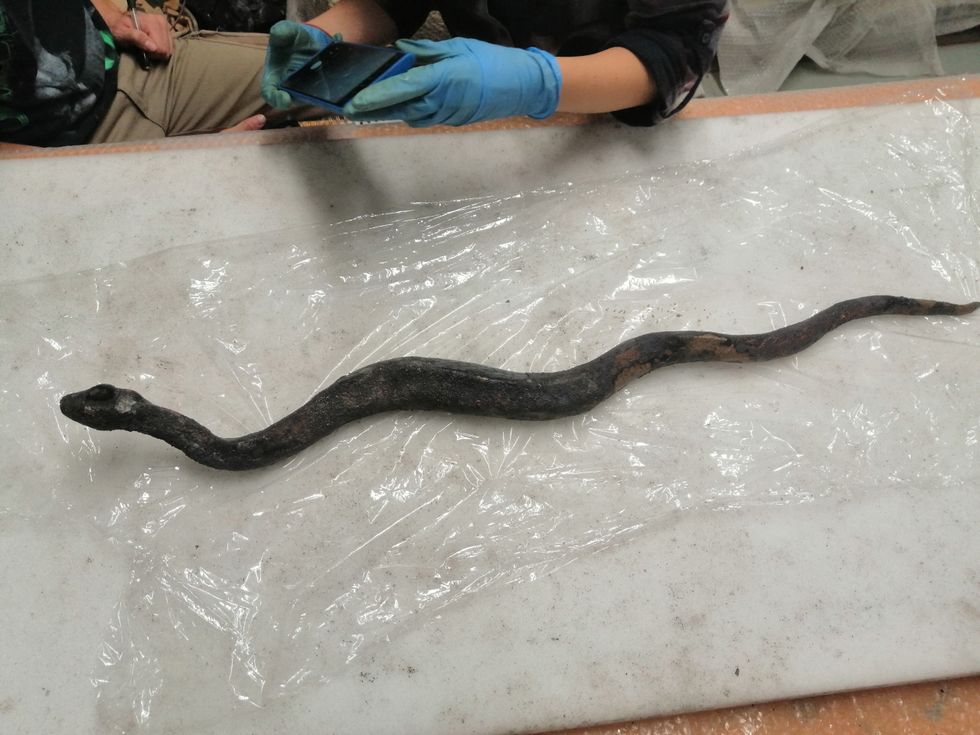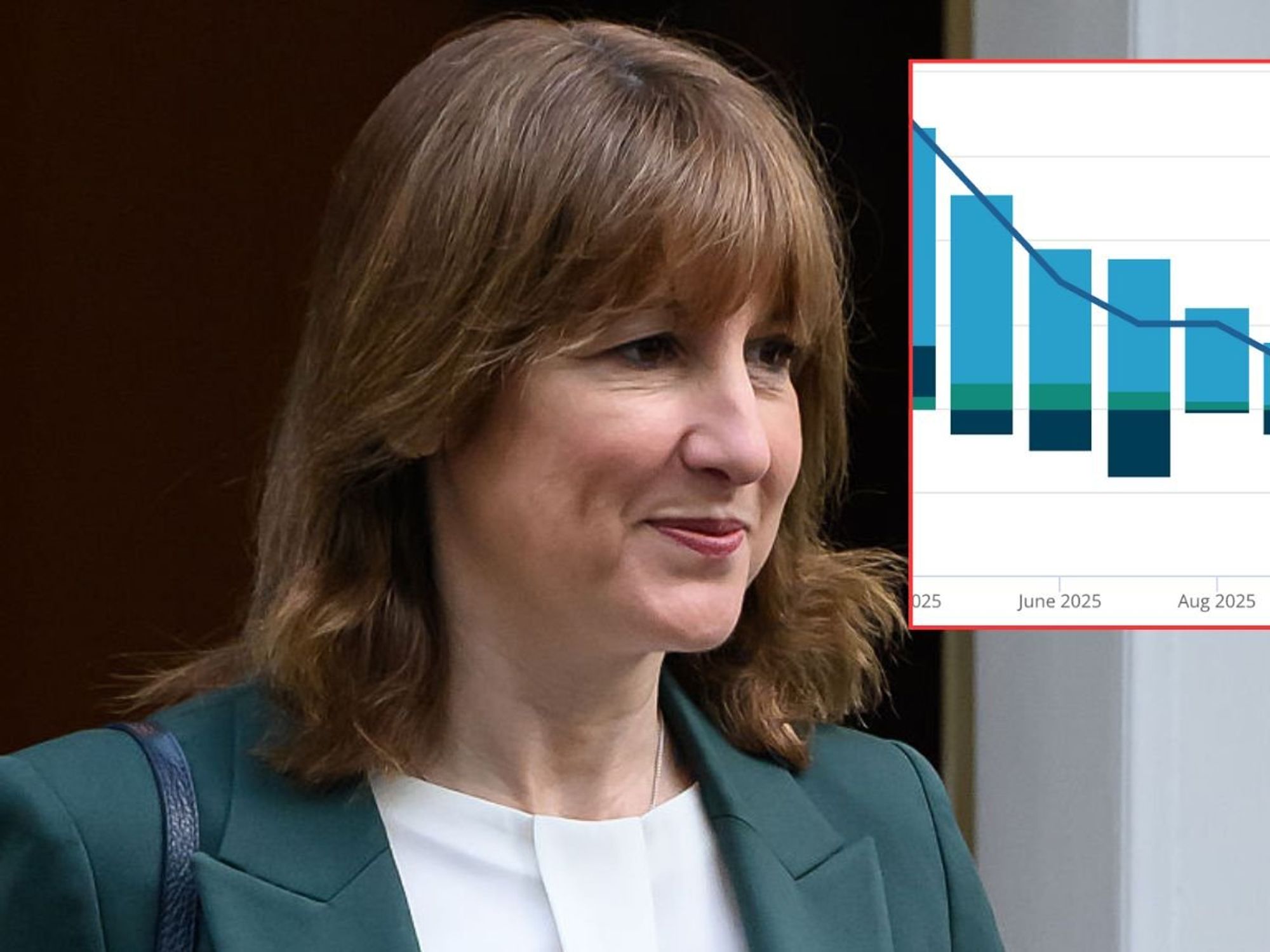Archeologists make incredible new discoveries at Italian site which holds 'infinite surprises'

Archaeologists unearthed an extraordinary collection of ancient treasures at a thermal spa in Tuscany | REUTERS
Among the latest finds was a collection of bronze male and female figures, including a striking votive offering of a male body cut in half
Don't Miss
Most Read
Latest
Archaeologists have unearthed an extraordinary collection of ancient treasures at a thermal spa in Tuscany, including bronze snakes, statues, two gold crowns and perfectly preserved eggs.
The remarkable finds were discovered at the site of a 2nd century BC springs complex in San Casciano dei Bagni, near Siena in Italy
The artefacts had been remarkably preserved in the warm waters and mud of the ancient thermal pools, which were originally built by the Etruscans.
The excavation work, which began in 2019, has been led by archaeologist Jacopo Tabolli, who locals have nicknamed Indiana Jones.

Archaeologists unearthed an extraordinary collection of ancient treasures at a thermal spa in Tuscany
|REUTERS
The latest discoveries were found nearly five metres deep in the Bagno Grande pool, where ancient spa-goers would throw votive offerings.
The site served as a sacred place of worship, first for the Etruscans and later for the Romans.
The first major finds at the site were made three years ago, when 24 bronze statues dedicated to various gods were discovered.
Among the latest finds was a collection of bronze male and female figures, including a striking votive offering of a male body cut in half, dedicated by someone named Gaius Roscius.

The artefacts had been remarkably preserved in the warm waters and mud of the ancient thermal pools
|REUTERS
A particularly significant discovery was a metre-long bearded snake crafted in bronze, believed to represent Agathos, or Good Spirit.
According to Tabolli, who leads the archaeological team, the site continues to deliver "infinite surprises".
During the Roman period, the spa became increasingly opulent and was frequented by emperors, including Augustus.
The site remained active until the 5th century AD, when it was closed during Christian times, though notably not destroyed.
The pools were carefully sealed with heavy stone pillars, with the divine statues left in the mineral-rich waters containing calcium and magnesium.
The thermal waters were believed to have healing properties, particularly for liver ailments, facial pain and fertility issues.
These remarkable archaeological treasures will find a permanent home in a new museum set to open in San Casciano dei Bagni.
The museum, scheduled to welcome visitors in late 2026, will showcase the extensive collection of artefacts discovered at the ancient thermal site.
The exhibition will allow the public to witness firsthand these extraordinary finds that have remained perfectly preserved in the thermal waters for over two millennia.










